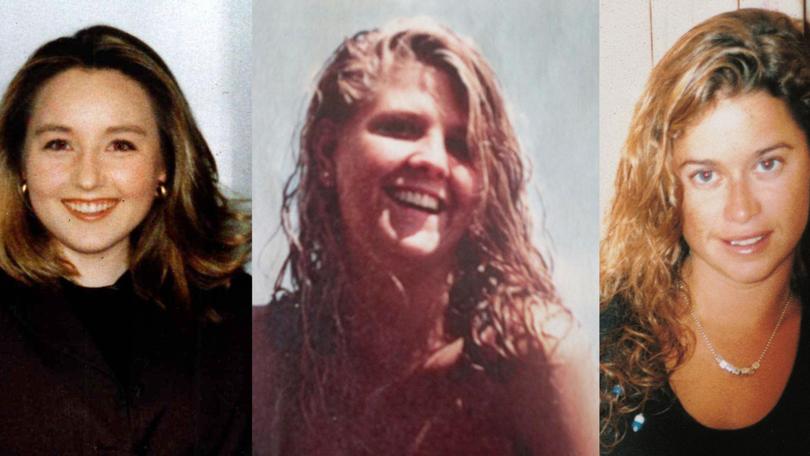Further information from the West.
https://thewest.com.au/news/claremo...ws-cloud-over-trial-start-date-ng-b881177802z
"The court was told the item was being analysed so that fibres from the piece of clothing could be compared with other fibres in evidence, and Ms Barbagallo foreshadowed a report may not be complete until mid to late June.
Justice Hall said he was concerned the new inquiries may jeopardise plans to start the nine-month trial – which has been billed as the biggest trial in WA history – on July 22."
"Defence lawyer Paul Yovich said Ms Barbagallo telephoned him about the piece of clothing on Wednesday, and received a preliminary report about the item yesterday.
He said the defence’s fibre expert estimated they would need eight to 12 weeks to consider the final report.
He said the defence fibre expert lived in the UK and may need to fly to Perth to view the item.
Asked by Justice Hall whether he had an extension of aid from Legal Aid to cover the cost, Mr Yovich “not yet” but said the organisation had been “very good about our requests”.
"Mr Edwards is due back in court on June 18 and 19 for a directions and case management hearing."
https://thewest.com.au/news/claremo...ws-cloud-over-trial-start-date-ng-b881177802z
"The court was told the item was being analysed so that fibres from the piece of clothing could be compared with other fibres in evidence, and Ms Barbagallo foreshadowed a report may not be complete until mid to late June.
Justice Hall said he was concerned the new inquiries may jeopardise plans to start the nine-month trial – which has been billed as the biggest trial in WA history – on July 22."
"Defence lawyer Paul Yovich said Ms Barbagallo telephoned him about the piece of clothing on Wednesday, and received a preliminary report about the item yesterday.
He said the defence’s fibre expert estimated they would need eight to 12 weeks to consider the final report.
He said the defence fibre expert lived in the UK and may need to fly to Perth to view the item.
Asked by Justice Hall whether he had an extension of aid from Legal Aid to cover the cost, Mr Yovich “not yet” but said the organisation had been “very good about our requests”.
"Mr Edwards is due back in court on June 18 and 19 for a directions and case management hearing."



 PHOTO: Bradley Edwards is accused of murdering three woman in Claremont. (Supplied: Central Crocs Football Club)
PHOTO: Bradley Edwards is accused of murdering three woman in Claremont. (Supplied: Central Crocs Football Club) PHOTO: WA Supreme Court Justice Michael Corboy ruled the Claremont serial killer trial should be heard by a judge alone. (ABC News)
PHOTO: WA Supreme Court Justice Michael Corboy ruled the Claremont serial killer trial should be heard by a judge alone. (ABC News) PHOTO: Bradley Edwards is accused of killing (from top) Sarah Spiers, Ciara Glennon and Jane Rimmer. (ABC News)
PHOTO: Bradley Edwards is accused of killing (from top) Sarah Spiers, Ciara Glennon and Jane Rimmer. (ABC News)
 PHOTO: Bradley Robert Edwards appeared in court via video link for today's directions hearing. (ABC News: Anne Barnetson)
PHOTO: Bradley Robert Edwards appeared in court via video link for today's directions hearing. (ABC News: Anne Barnetson)